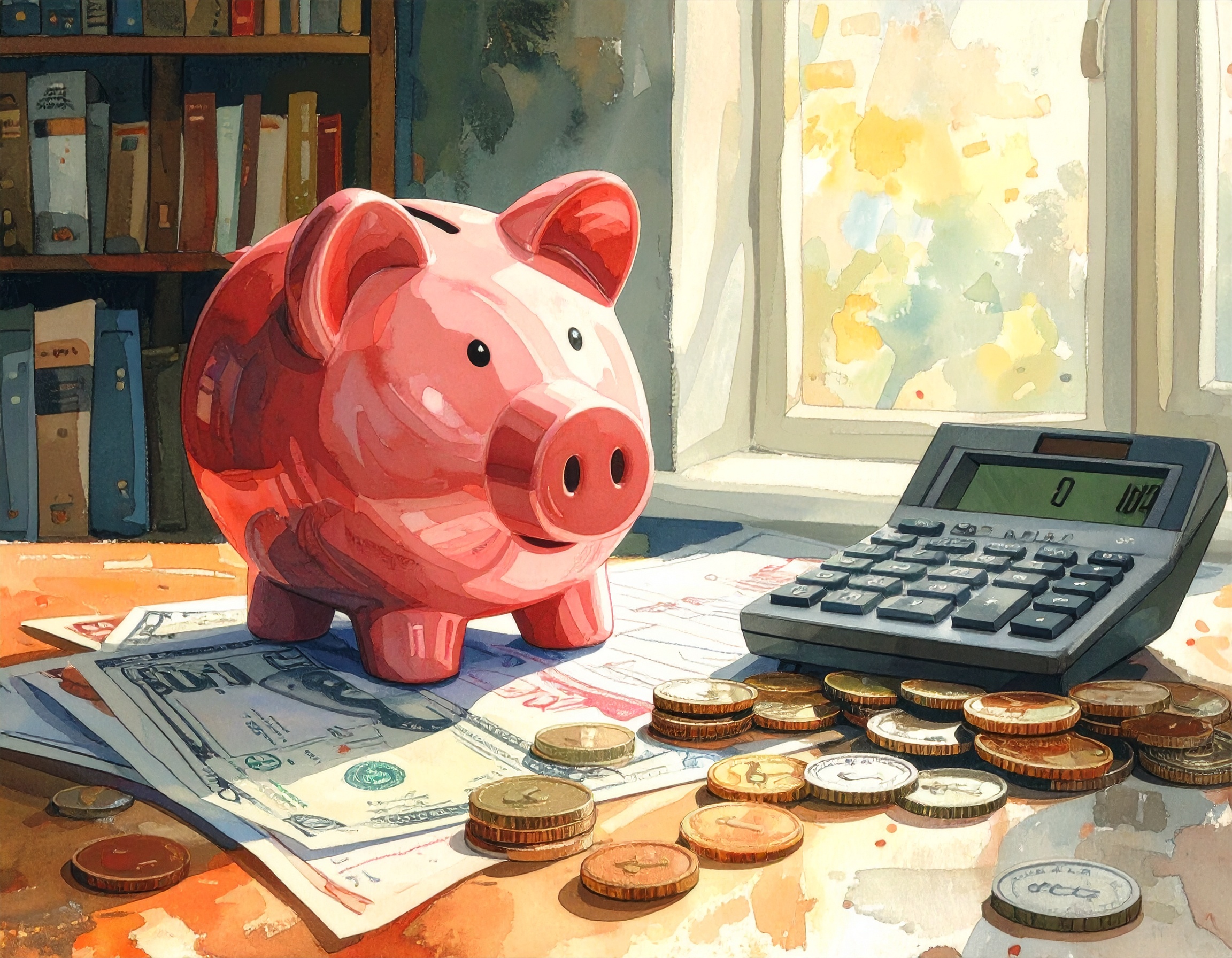
At Wise-Wallet, personal finance is a journey.
Read MoreCorrect! Stay Strong!
Compound interest turns regular contributions into much larger sums over long periods, which is why financial educators emphasize starting early. Saving $100 per month may seem small, but the accumulated contributions plus compounded returns accumulate meaningfully over decades. The arithmetic for one year is simple — 100 × 12 = 1200 — but the power comes from reinvesting returns year after year. Over long horizons, compounding generates interest on interest; even modest average annual returns (e.g., 6–7%) materially amplify the final balance compared with the sum of contributions alone. This is why consistent, long-term habit beats sporadic lump-sum attempts for many goals.
To grasp the scale, use a compound-savings calculator with your planned monthly contribution, expected rate, and time horizon. For example (illustrative only), $100/month at a 7% annual return compounded monthly grows substantially more than $100×years contributed because each year’s gains earn returns themselves. The precise final balance depends on return assumptions and time; shorter horizons show modest growth, while multi-decade horizons show dramatic differences. The practical advice: automate the $100 monthly transfer, keep it invested for the intended horizon, and increase contributions over time as income rises; the combination of consistency, time, and compounding is the primary driver of long-term growth.
By Quiz Coins
Wells Fargo was founded in 1852 and used stagecoaches to carry gold, mail, and cash across the American West.

Pick cards to match your life: cashback for simplicity, travel cards for frequent flyers who use perks, and balance-transfer cards to crush debt — then automate, pay in full, and track value.
Read More
Build a simple, automatic emergency fund by choosing a target, automating transfers, and using low-effort saving hacks — no spreadsheets required.
Read More